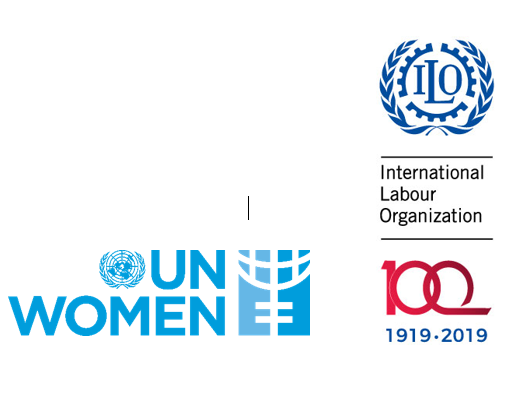The ILO has identified a number of risk factors that can increase the likelihood of violence and harassment (ILO, 2016e, para.14). These are relevant to many sectors and occupations in which women work and include working:
- in contact with the public;
- with people in distress;
- with objects of value;
- in situations that are not or not properly covered or protected by labour law and social protection;
- in resource-constrained settings (inadequately-equipped facilities or insufficient staffing can lead to long waits and frustration);
- unsocial working hours (for instance, evening and night work);
- alone, in relative isolation or in remote locations;
- in intimate spaces and private homes;
- in conflict and disaster zones, especially providing public and emergency services;
- where there are high rates of unemployment.
Further risks arise for workers with the power to deny services, which increases the risk of violence and harassment from third parties seeking those services. Women in high profile, opinion-forming and public positions may also be at heightened risk of violence and harassment, including women in politics, human rights defenders and journalists. Some employers’ and workers’ organizations have become so concerned about violence from members of the public that they have taken targeted measures to address the problem.
